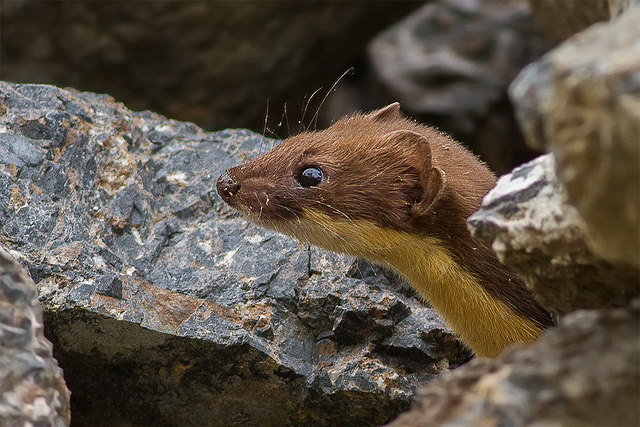Aggregated News

In 2013, scientists discovered a new way to precisely edit genes — technology called Crispr that raised all sorts of enticing possibilities. Scientists wondered if it might be used to fix hereditary diseases, for example, or to develop new crops.
One of the more intriguing ideas came from Kevin M. Esvelt and his colleagues at Harvard University: Crispr, they suggested, could be used to save endangered wildlife from extinction by implanting a fertility-reducing gene in invasive animals — a so-called gene drive.
When the genetically altered animals were released back into the wild, the fertility-reducing gene would spread through the population, eradicating the pests.
The idea appealed to conservation biologists who had spent decades fighting a losing battle against exotic species. Some labs began running preliminary experiments. But now, three years later, Dr. Esvelt wishes he hadn’t broached the idea.
“I feel like I’ve blown it,” Dr. Esvelt, now an assistant professor at M.I.T., said in an interview. Championing the notion was “an embarrassing mistake.”
His regret arises from a study that he and his colleagues published on Thursday on...



